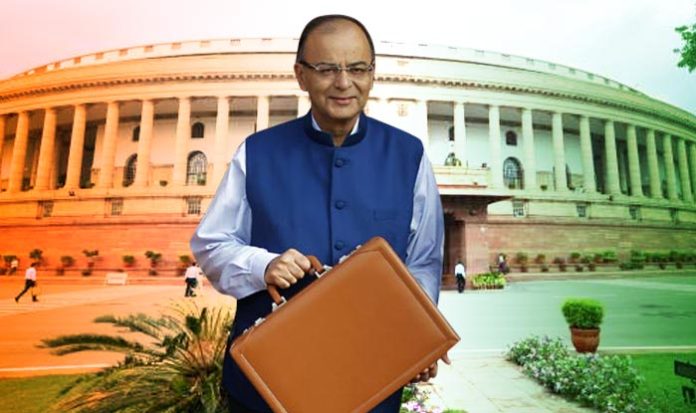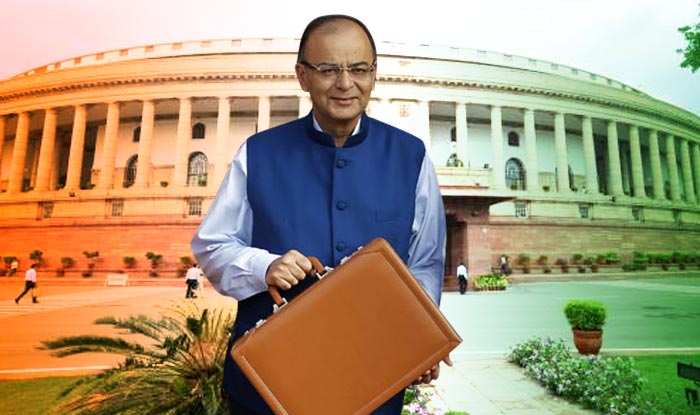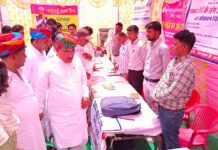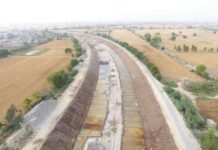

Amidst cheers, criticism and opposition, Finance Minister Arun Jaitley present the Union Budget 2017 in the Parliament today. Jaitley’s budget, as he claimed, revolves around 10 distinct subjects, mainly:
- Youth,
- Poor and the underprivileged,
- Farmers,
- Rural population,
- Infrastructure,
- Digital Economy,
- Financial Sector,
- Fiscal Management,
- Public Service and
- Tax Administration.
According to 2013 reports, India exported agricultural products worth $39 billion, making it the seventh largest agricultural exporter in the world. Besides, total 394.6 million acres of land in India is cultivable agricultural land. Even secondary agricultural sectors like fisheries and forestry contributed to 13.7% of the Indian GDP (Gross Domestic Product). Considering these facts, it’s safe to assume that India is a predominantly agricultural land.
This means that the union budget has a significant impact on Indian agriculture. Keeping this in mind, Jaitley made key announcements in the agriculture sector.
Budget 2017 Announcements: Happy Times for Farmers?

- Long-term Irrigation Fund under Nabard–Corpus: Rs 40,000 Crore.
- Dedicated Micro-Irrigation Fund: Rs 5,000 Crore.
- Dairy Processing Fund: Rs 8,000 Crore.
- Targeted Farmer Credit Fund: Rs 10 Trillion (10 Lakh Crores).
- MGNREGA fund: Rs 48,000 Crore
- Pradhan Mantri Awas Yojana fund: Rs 23,000 Crore.
- Prime Minister Gram Sadak Yojana fund: Rs 19,000 Crore (Rs 27,000 crores will be spent in 2018).
- Funds allotted to Rural Livelihood Mission: Rs 4,500 Crores.
- Finances allotted for various Rural Programmes for the year 2017-2018: Rs 1,87,223 (which is 24% more than the previous years).
This was the allotment of the budget by the finance ministry, which is 24% more than the previous year.
How will this Affect the Farmers in the Long Run?
With proper funds in hands, the government will be able to achieve high-end ambitions that they’ve set for the coming year.
- Mini Labs for Testing Soil Fertility
This additional fund will help the government set up mini labs under “Krishi Vigyan Kendra” for distribution of soil health cards. These soil health cards will inform about soil properties in different regions. Based on this data, the government can determine soil production capacity. This will help them provide better measures to the farmers.
- New Laws for Contract Farming for Protecting Tenant Rights.
This law will protect the rights of contract farmers and fetch adequate revenues for their efforts.

- Human Resource Reform Programme in Every Village.
The government will provide mason training to 5 lakh people in rural areas. Thus, the rural population can seek alternative sources of income in labour category.
- Agricultural Coverage to Protect against Damage.
The Centre’s “Fasal Beema Yojana” coverage was increased up to 40% 2017-2018. The coming year, the government is likely to increase it to 50%. It means the farmers will get appropriate damage cover, should their crops succumb to damage caused by natural disasters.
- Geotagging of MGNREGA assets will prevent Inequality in the villages.
The government will allocate funds to different schemes via digital means. In a way, they’ll geo-tag all the assets and put it in the public domain to ensure direct delivery of funds to the recipients.
Future Targets
- To double farmer’s income in future.
- To strengthen social security.
- To provide 100% electrification of Indian villages by May 2018.
- 50,000 Gram Panchayats will be made poverty free.
- To boost women participation in MGNREGA scheme (which recently saw a hike from 48% to 55%.
If the clauses mentioned under budget are properly implemented, it’ll provide real-time benefits to Indian farmers. It’ll be interesting to see how Modi government can accomplish these goals.







